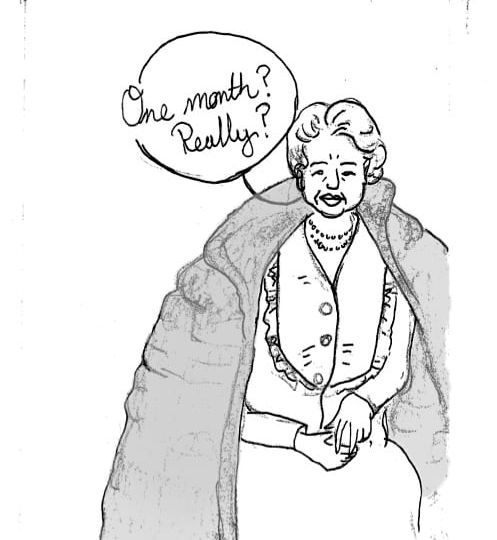
Women’s History Month is just around the corner, and there is no better way to celebrate than by realizing that it’s no less patriarchal than the rest of the year.
Commendable as it may be to make a nationwide effort to dispel ignorance, Women’s History Month has become an annual reminder of the exasperating inequalities that continue to persist between straight, white men and everyone else. In fact, the observance perpetuates the idea that women’s history exists along a timeline separate from History with a capital H and can be harmlessly overlooked for the majority of the year.
Studying women’s history, much less celebrating it, means facing a fact that Virginia Woolf bitterly realized long before gender equality seemed feasible: For most of history, Anonymous was a woman. We tend to define women’s history through what it lacks: names, dates, triumphs, failures and, most importantly, recognition.
Since grade school, our history textbooks have been decidedly masculine, written by men and about men to reinforce a particular vision of time’s passage that we know by heart by the time we get to college. To be a woman in history was to be anonymous until someone with an XY chromosome decided their name was worth adding to the annals of tradition.
Early American feminists recognized this problem. The concept of Women’s History Month dates back to the 1910s, when women still could not vote and society had no qualms about its overtly patriarchal character. Somehow, over a century later, a single month dedicated to women’s history is still seen as a sufficient effort to reverse masculinist records of history.
Let’s face it: things like [Fill in the Blank] History Month exist to make us feel as if we’re being truly inclusive, without any real commitment. Here at St. Olaf, ideas imbued with warm fuzzies like “inclusive,” “diverse” and “accepting” are the sort of buzzwords we’re drawn to. Yet it would be far more productive to accept how much we have to grow as a learning community. Yes, there are wonderful classes being taught across campus focusing on women’s and gender issues, but what good do they do when they’re primarily taken by people with a personal stake in the subject, rather than by those who have the most to learn from a different perspective? Similarly, how can such issues be taken seriously when they are continuously sidelined in other classes in favor of more traditional narratives?
This is what’s really at stake when we promote Women’s History Month: genuine inclusivity. But I know, and I’m sure you know, that the people who really care about women’s history go out of their way to celebrate it, illuminate it, get mad and get messy and make it relevant and real as often as they can, not just for a conciliatory month handed over by the government as an apology for centuries of neglect.
I don’t want to get trite and proclaim that every day is women’s history day, because we know that’s far from the truth. History is too complex, convoluted and completely beyond seamless comprehension to suffer such simplification. If anything can be gleaned from the time-honored, textbook-friendly lineup of Dead White Men, it is that one narrative will never be enough to explain where we are now and what lies ahead.
One of the first British historians with more estrogen than testosterone, Catherine Macaulay, insisted that history, real history, has no sex. In a way, she’s both right and wrong. History may be genderless, but the people who write it are not. Fortunately, history can be written by more than one voice. To see that happen, however, we will need much more than a single month.
Sam Botz ’14 botzs@stolaf.edu is from St. Joseph, Minn. She majors in English and history.
Graphic Credit: ALLI LIVINGSTON/MANITOU MESSENGER

